September 2023 Newsletter
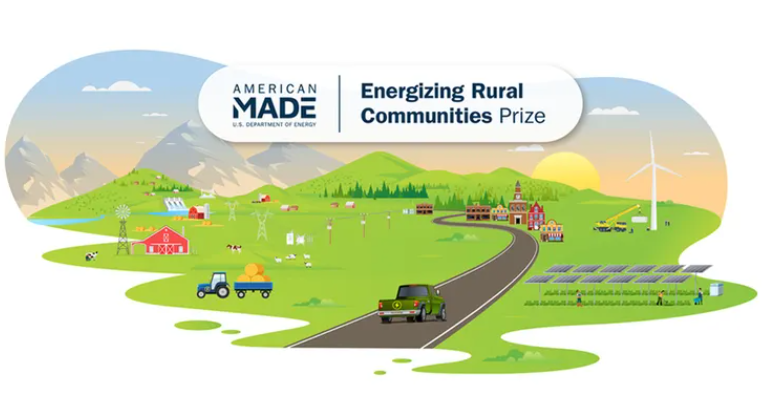
TBL Fund Experts Weigh In: Scaling Clean Energy Projects on Tribal Lands
By Scott Griffin | Business Development, TBL Fund
Mr. Griffin oversees TBL Fund grant and investment lifecycles. He fosters relationships with investors and grantors alike, helping develop proposals and managing document and information exchange to ensure TBL Fund has the financial resources to further its mission.
Climate change threatens Tribal homelands, food sources, cultural resources, and sacred ways of life. Native communities have faced chronic underinvestment for generations, and climate impacts have exacerbated pre-existing challenges and inequities. Access to affordable electricity remains a matter of life or death for many Native communities on the frontlines of the climate crisis.
The Inflation Reduction Act (IRA) and Bipartisan Infrastructure Law (BIL) provide a once-in-a-lifetime investment in greening the U.S., and Tribes can play a significant role in the clean energy transition. Tribal lands cover about 5.8% of the country but comprise 6.5% of its potential for large-scale clean energy, according to National Renewable Energy Laboratory (NREL). In capturing this potential, Tribal self-determination and equity are crucial, as is ensuring that tribal members benefit from climate resilience, affordable energy bills, well-paying green jobs, and business opportunities. Tribes across the U.S. are exploring clean energy and energy sovereignty. And thankfully, we’re seeing historic levels of funding specifically for Tribal Nations and Native communities, including $32 billion in the American Rescue Plan, $13 billion in the BIL, and more than $720 million in the IRA.
Triple Bottom Line Foundation (TBL Fund) is thrilled to advance Tribal communities’ goals. It recently received an award under the U.S. Dept. of Energy’s Energizing Rural Communities Prize to support clean energy projects in Tribal communities in New Mexico. Read more here

California is now the first state in the country to formally implement general code requirements for reducing embodied carbon in the built environment.
On Wednesday, August 2, the California Building Standards Commission (CBSC) voted unanimously to approve two amendments to the 2022 California Green Building Standards Code (CALGreen), Part 11, Title 24, that will limit embodied carbon emissions in the “construction, remodel, or adaptive reuse of commercial buildings larger than 100,000 square feet and school projects over 50,000 square feet.”
“It can take up to 80 years to overcome embodied carbon’s impact through strategies that reduce energy usage or operational carbon; the planet doesn’t have that time,” said Los Angeles–based architect Scott Gaudineer, who serves as president of AIA California, the American Institute of Architects’ statewide chapter. Read more here
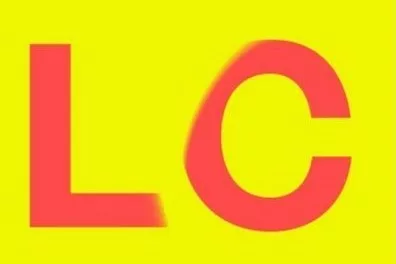
A major UK charitable foundation, with an endowment fortune of £130m, has announced it is to abolish itself after concluding that traditional philanthropy is a “function of colonial capitalism” and that it had itself become part of the problem.
Lankelly Chase, which gives out about £13m a year in grants to hundreds of charities operating in areas such as social, racial, and climate justice, said it wanted to find bold new alternatives to what it called philanthropy’s “cult of benevolence”.
The 60-year-old institution said it would spend the next five years giving away its assets to organizations and networks which are doing “life-affirming social justice work” in communities around the UK.
It is understood Lankelly Chase’s trustee board had become increasingly unable to reconcile its charitable mission to tackle racism, injustice, and inequality with its position as a major investor in global capital markets it considers to be rooted in racial and colonial exploitation. Read more here
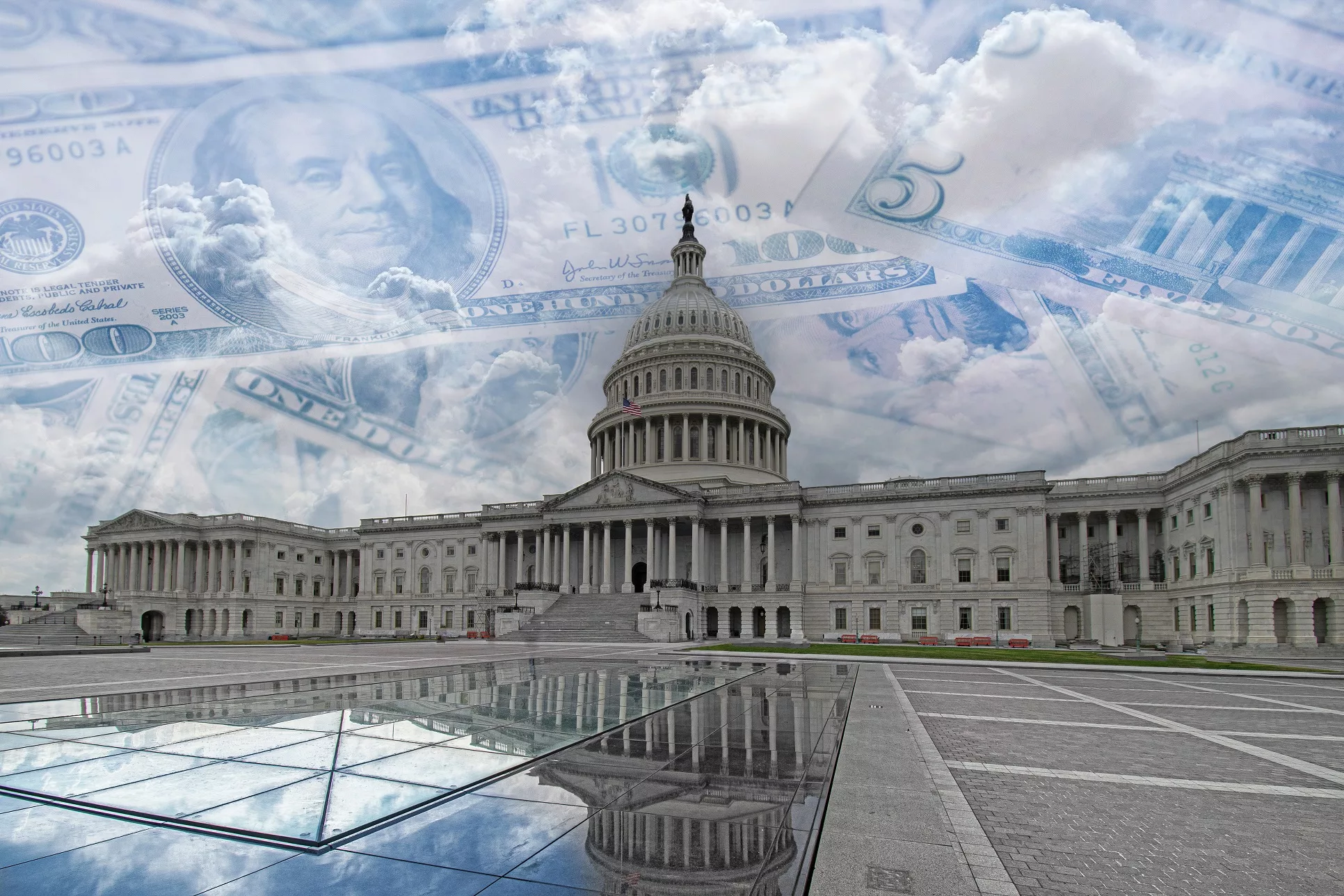
ICAST Policy Blog
Inflation Reduction Act Arrives at One-Year Anniversary
The Inflation Reduction Act (IRA) directed over $369B toward incentives for nearly every corner of the clean energy industry. A year later – nearly $200B in tax credits stand at the center of IRA’s goals to clean up the two biggest sources of U.S. greenhouse gas emissions: transportation and power plants. Billions of dollars are getting ready to be funneled into households, helping them switch to electric vehicles, replace fossil fuel-powered heating and cooling systems with more efficient electric heat pumps, install solar panels, and insulate homes. The think tank Rhodium Group found the IRA could cut emissions up to 48% from their peak by 2035. For multifamily affordable housing owners and managers, you can get a quick estimate of the benefits potentially available through IRA and the Bipartisan Infrastructure Law (BIL) via ICAST’s IRA/BIL Savings Calculator.
White House Announces Actions to Lower Housing Costs and Boost Supply
The Biden-Harris Administration’s recently announced new efforts that will lower housing costs by tackling challenges that have stifled affordable housing for decades, which will support its Housing Supply Action Plan. Some of these include: (1) Reducing barriers to building housing, like restrictive and costly land use and zoning rules; (2) Expanding financing for affordable, energy efficient, and resilient housing; and (3) Promoting commercial-to-residential conversion opportunities, particularly for affordable and zero emissions housing.
HUD Announces Additional Resources in Support of the Housing Supply Action Plan
The first announcement is through the Pathways to Removing Obstacles to Housing (PRO Housing), which will provide $85M in innovative competitive grants for communities to identify and remove barriers to affordable housing production and preservation. Grants for this funding will range from $1M to $10M. Secondly, HUD is providing public housing authorities and multifamily housing owners who are participating in the Rental Assistance Demonstration (RAD) with new tools to repair and build affordable housing. This can be found through HUD’s supplemental RAD notice, which provides additional flexibility for housing providers.
Michigan Signs Bipartisan Laws on Clean Energy
Governor Gretchen Whitmer signed bipartisan bills that foster clean energy growth, create good-paying, high-skill clean energy jobs, and lower energy costs for Michiganders by removing the sunset on the Michigan Energy Assistance Program (MEAP). Notably, Michigan House Bills 4317 and 4318 allow local governments and commercial solar energy developments to opt into payments in lieu of taxes (PILT); Senate Bills 302 and 303 expand the eligibility of properties and projects for Commercial Property Assessed Clean Energy (C-PACE) financing. Read more here
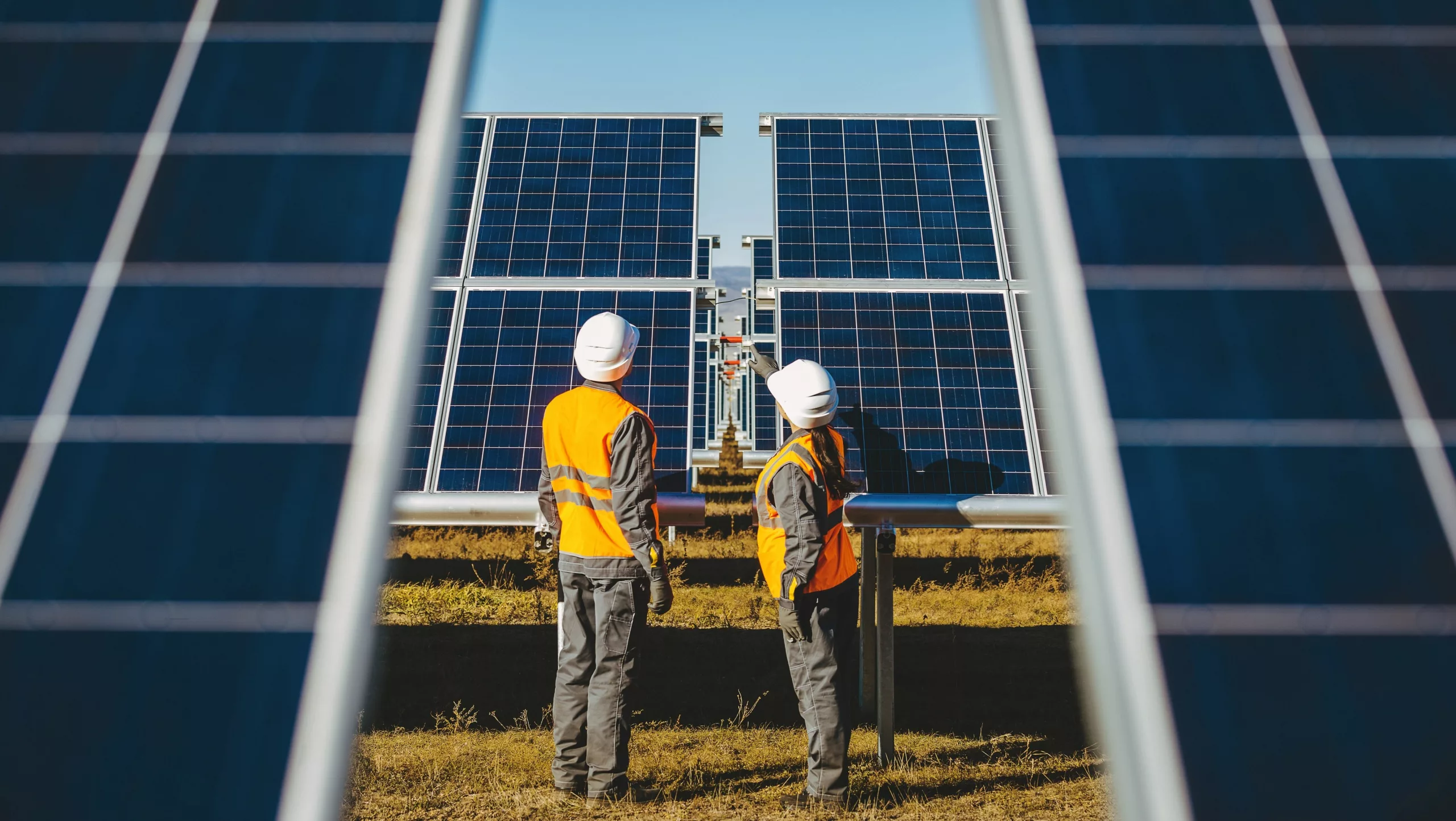
Accessing Green Upgrades with EPA and HUD Funds
Tax Credit Advisor, September 2023
As we near the end of the year, federal agencies, including the U.S. Department of Energy (DOE), the U.S. Department of Housing and Urban Development (HUD) and the Environmental Protection Agency (EPA), are finalizing the design of Inflation Reduction Act (IRA)-created programs and releasing more and more of the funds. Many of these dollars can benefit multifamily affordable housing, but the sector needs to act now to make sure it has access to these funds.
The EPA announced the availability of $27 billion through the Greenhouse Gas Reduction Fund. Funds are being distributed through three different programs, the most time-sensitive being Solar for All (SFA). This program will make up to 60 awards, but each state and territory is guaranteed funds if they apply. SFA is 100 percent catered to low-income residential solar. The deadline for states to submit applications is Sept. 26, 2023. Multifamily property owners and managers need to advocate for the multifamily sector to be included in States’ SFA plans – insisting on States’ offerings to include both on-site installations and access to community solar. Read more here
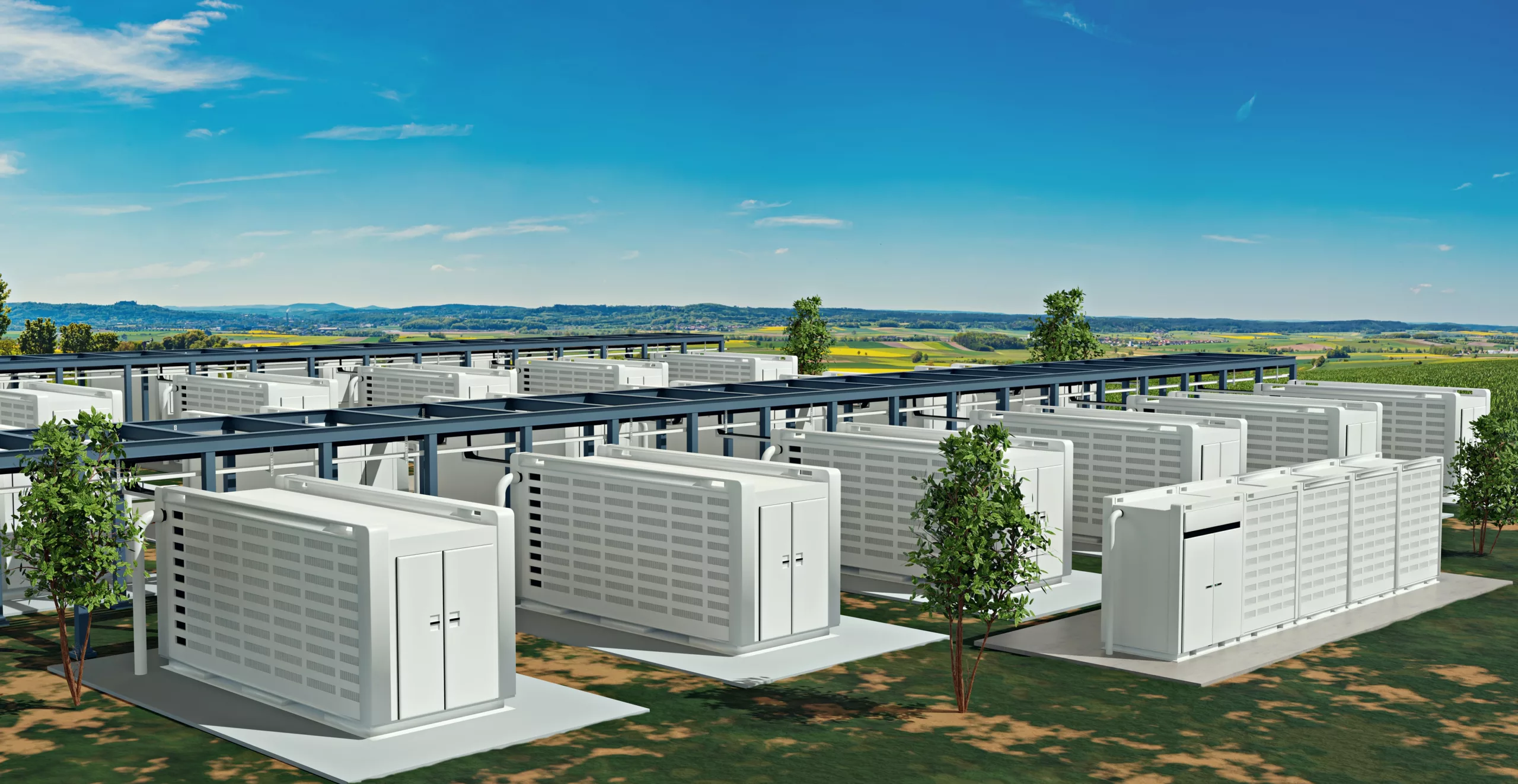
TBL Fund Announcing New Bridge Loan Product to Facilitate Green Projects
Originally published on tblfund.org
The Inflation Reduction Act (IRA) has created a wealth of opportunities to scale green solutions like heat pumps, solar, energy storage, and weatherization in underserved communities. To pursue holistic clean energy solutions, stakeholders can access tax credits, grants, and other incentives. Triple Bottom Line Foundation’s (TBL Fund) focus is serving indigenous communities and multifamily affordable housing (MFAH) stakeholders. We have been hard at work learning how to leverage IRA opportunities to create a range of meaningful benefits, including reduced utility costs for low-income households, improved property value and NOI for MFAH property owners, and energy independence for Tribes.
However, the time to access this money is finite, and certain dollars, such as the investment tax credit (ITC)) will not reach stakeholders until after the projects are completed and validated. This forces some difficult decisions about the best way to get quick cash. Credits can be transferred or sold to nonprofits, but they lose some of their value in the transfer, and additional funds are needed to hire lawyers and CPAs and purchase insurance. Bottom line: our customers need other solutions to manage the cash flow, so TBL Fund is stepping in. Read more here
Sign Up for the ICAST Newsletter
